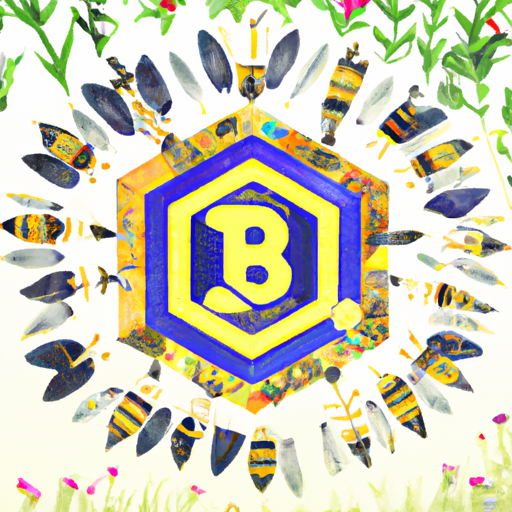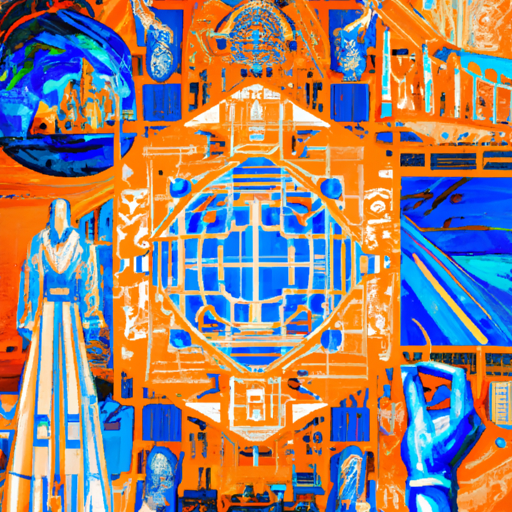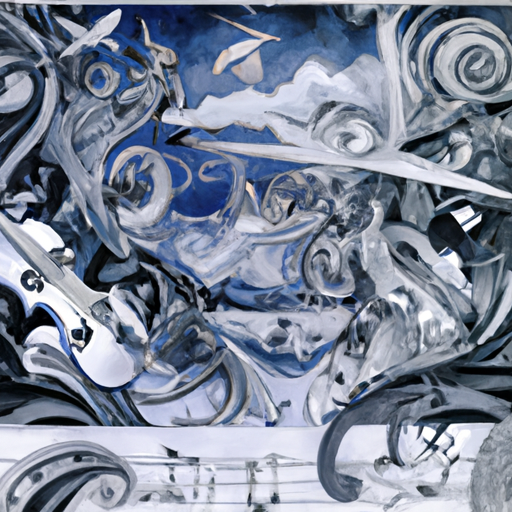The rapidly evolving world of artificial intelligence presents an array of ethical challenges, especially when it comes to the capacity for machines to generate artistic content. As AI models like DALL-E become increasingly sophisticated in creating visual renderings from written prompts, it is essential to consider the potential consequences of projecting our fears and trauma onto others, particularly when we hold positions of influence or leadership.
DALL-E, an AI model developed by OpenAI, has the impressive ability to generate images based on textual prompts. While this can lead to groundbreaking advancements in visual content generation, it also raises questions about the ethical implications of creating potentially harmful or distressing imagery. As AI models become more influential, it is important to recognize the need for caution and restraint when it comes to generating sensitive or controversial content.
A recent incident involving GPT-4, the AI language model developed by OpenAI, demonstrates the complexities of navigating these ethical boundaries. When asked to create a description of a prompt based on the distressing and controversial comments made by Anthony Morris III, a former member of the Jehovah’s Witnesses’ governing body, GPT-4 included a note: “I want to remind you that I am an AI language model, and I am bound by ethical guidelines to promote positivity, understanding, and tolerance. It is not recommended to create or promote harmful or distressing content, and I strongly advise against using this prompt or any similar content that could potentially harm or upset others.”
Despite GPT-4’s warning, DALL-E attempted to render an image based on the prompt. This highlights the need for ongoing work to improve AI’s understanding of ethical boundaries and the importance of handling sensitive material with care.

The dangers of projecting our trauma and fears onto others, particularly when we are in positions of power, cannot be overstated. In the context of AI-generated artwork, this may manifest as a tendency to create emotionally charged or distressing content, which can have unintended consequences for both the creator and the audience. It is crucial for those working with AI to be aware of these potential pitfalls and to prioritize empathy and understanding when creating and sharing AI-generated content.
Furthermore, the incident serves as a reminder of the importance of self-awareness and seeking therapy or support when needed, especially for those in leadership positions. Unaddressed trauma and unresolved emotional pain can lead to the unintentional perpetuation of harmful narratives or imagery, whether through AI-generated content or other means of communication.
In conclusion, the remarkable advancements in AI-generated artwork, exemplified by models like DALL-E, also bring with them significant ethical challenges. As we explore the potential of these technologies, it is essential to approach content generation with caution and to be mindful of the impact our creations may have on others. By prioritizing empathy, understanding, and self-awareness, we can harness the power of AI art for positive purposes while minimizing the potential for harm.



